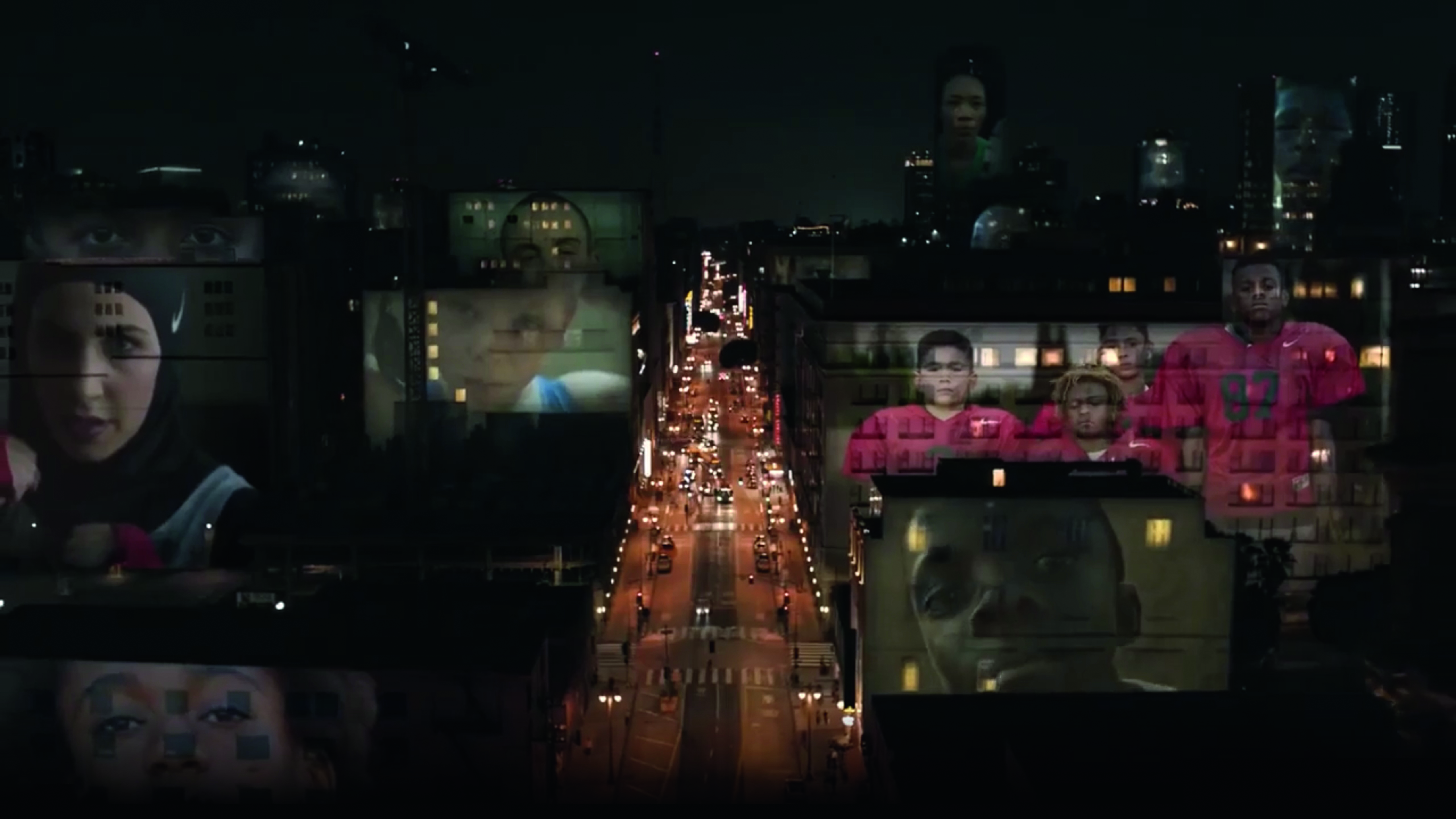Sport Special Report
Diversity In front of and behind the camera
Sport Special Report

At the time of writing, a Sunday night TV commercial was spotted touting an upcoming ‘men’s football’ game. Not so long ago, ‘football’ meant men were playing unless ‘women’s’ was tagged on. Campaigns increasingly reflect the rich mix of people participating in sport – whether that’s by gender, ethnicity, ability, body shape or life stage – but they also show a wider range of activities.
Of course, advertising can also play a role in provoking change. ‘Dream Crazy’ by Wieden+Kennedy for Nike featured former NFL quarterback Colin Kaepernick in 2018. Supporting Kaepernick at a time when the United States was deeply divided was a brave move and one that shows the role advertising can play in cultural conversations.
The strength of many of these campaigns must also lie in advertising’s own shift towards more diverse representation. Ledesma notes that “The need for more diverse representation and perspective applies to the teams on the project (both client and agency), the talent on screen, the talent behind the camera, the production crew.” And she says everyone wins when that happens. “This trickle effect invites better ideas and more unexpected storytelling.”
This also appears not to be a passing fad. What kicked off in June 2020, certainly in some markets, is showing no signs of disappearing, says Bennett-Grant. “Since we started talking more actively about representation, since Black Lives Matter and George Floyd, the permission to talk and the appetite to listen and to enact change as it was, was ignited. I’ve been quite pleased to see that that momentum hasn’t stopped.” Although, ‘representation’ can mean different things in different markets.